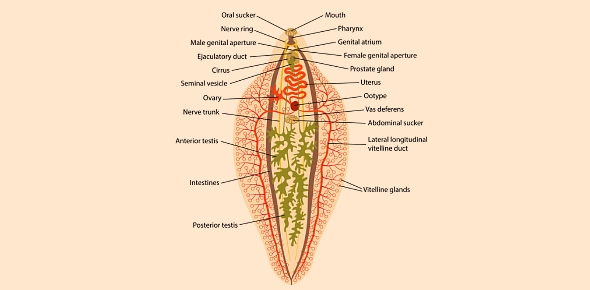Exploring the Anatomy and Biology of Turbellaria and Trematoda
2.
You may optionally provide this to label your report, leaderboard, or certificate.
×
Thank you for your feedback!
















